Home>Garden Essentials>Garden Plants>What Are Sprigs Of Thyme
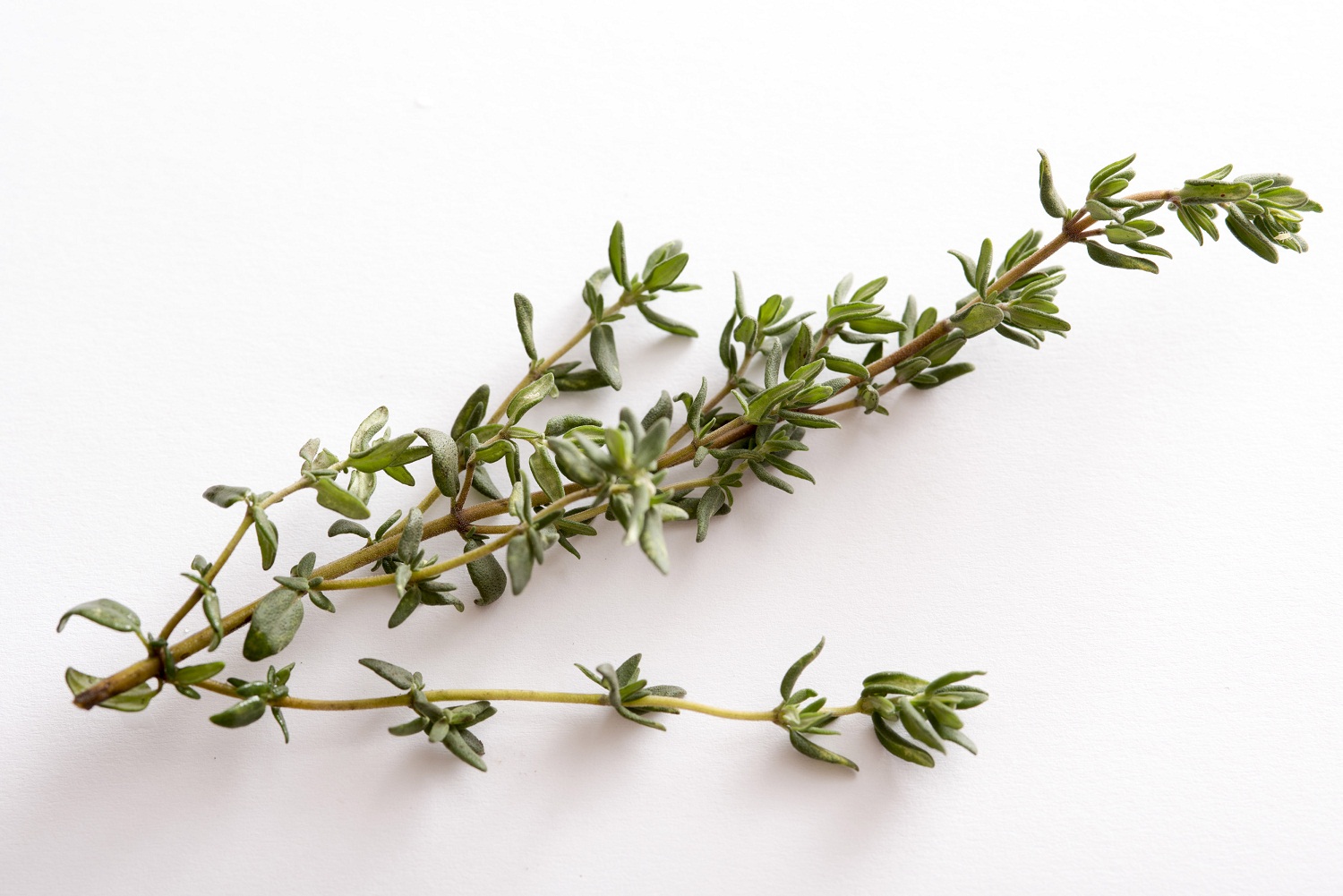

Garden Plants
What Are Sprigs Of Thyme
Modified: October 20, 2024
Learn all about sprigs of thyme, a popular herb used in cooking. Discover how to grow and care for thyme plants and their culinary uses.
(Many of the links in this article redirect to a specific reviewed product. Your purchase of these products through affiliate links helps to generate commission for Storables.com, at no extra cost. Learn more)
Introduction
Welcome to the fascinating world of thyme sprigs! In this article, we will explore everything you need to know about these tiny but mighty botanical wonders. Thyme, a versatile herb with a rich history, is beloved in cuisines around the globe for its aromatic flavor. But thyme isn’t just a culinary hero; it also offers a myriad of medicinal benefits and is a delight to grow and harvest in your own backyard.
Whether you’re an experienced chef, a herbal enthusiast, or simply curious about exploring the wonders of nature, thyme sprigs are sure to captivate your senses. So, let’s dive in and discover the magic of these tiny green beauties!
Key Takeaways:
- Thyme sprigs, with their aromatic allure and versatile nature, are culinary and medicinal treasures that elevate dishes and promote health. Embrace their magic in your kitchen and garden for a flavorful and rewarding experience.
- From seasoning savory dishes to infusing sweet treats, thyme sprigs offer a world of culinary possibilities. Explore their diverse uses and savor their essence through creative cooking and preservation methods.
Read more: How Much Thyme Is In A Sprig
Definition of Thyme
Thyme, scientifically known as Thymus vulgaris, is a member of the mint family and is native to the Mediterranean region. It is a perennial herb that is widely cultivated for its aromatic leaves and sprigs. Thyme plants have a woody stem and small, oval-shaped leaves that display a dark green color.
The distinctive fragrance of thyme is derived from the presence of essential oils, particularly thymol. This aromatic herb has been used for centuries for its culinary, medicinal, and even spiritual purposes.
Thyme sprigs refer to the delicate stems and leaves of the thyme plant that are harvested for their flavor and aroma. These tiny sprigs are packed with essential oils, imparting a savory and slightly minty taste to dishes.
Thyme comes in different varieties, each offering unique flavors and characteristics. Popular varieties include common thyme, lemon thyme, and creeping thyme. While common thyme is the most widely used, lemon thyme brings a citrusy twist to recipes, and creeping thyme is often favored for ground cover and landscaping purposes.
Now that we have a clear understanding of what thyme is, let’s explore the appearance of thyme sprigs.
Appearance of Thyme Sprigs
Thyme sprigs are a sight to behold, with their delicate and intricate structure. Each sprig typically consists of a slender stem and small clusters of tiny leaves. The leaves are elongated and narrow, with a slightly fuzzy texture, giving them a soft and velvety appearance.
The color of thyme leaves can range from deep green to grayish-green, depending on the variety and growing conditions. Some varieties, like lemon thyme, may have a slightly lighter hue, hinting at their citrus undertones.
One of the most striking features of thyme sprigs is their fragrance. When crushed or bruised, the leaves release an intense aroma that is described as earthy, woody, and slightly floral. This aromatic profile is what makes thyme a beloved herb in the culinary world.
Thyme sprigs are generally harvested when the plant is in full bloom. The small flowers that appear on the stems can add a touch of color to the sprigs. These flowers can range in color from white to pink or lavender, depending on the variety.
Whether used as a garnish, in a bouquet garni, or added to dishes during cooking, thyme sprigs add a visually appealing element to any recipe. Their delicate appearance and vibrant green color make them a delightful addition to both savory and sweet dishes.
Now that we have explored the appearance of thyme sprigs, let’s delve into their culinary uses.
Culinary Uses of Thyme Sprigs
Thyme sprigs are a staple in many culinary traditions due to their versatile flavor profile and ability to enhance a wide range of dishes. The aromatic and earthy characteristics of thyme make it a popular choice for seasoning various recipes.
Thyme sprigs are commonly used in both fresh and dried forms. Fresh thyme sprigs can be added whole to dishes during cooking, allowing the leaves to infuse their flavor into the food. The sprigs can also be used as a garnish or added to salads and marinades for a burst of aromatic goodness.
Dried thyme sprigs are equally valuable in the kitchen. After drying, the leaves can be removed from the stems and used in spice blends, rubs, and marinades. Dried thyme is often added to soups, stews, roasted meats, and vegetables to add depth and complexity to the flavors.
Thyme pairs well with various ingredients and complements a wide range of dishes. It is particularly popular in Mediterranean and French cuisines, where it is used in classics like beef bourguignon, roast chicken, and ratatouille.
The herb’s robust flavor makes it an excellent choice for seasoning meat and poultry dishes. Sprigs of thyme can be tucked into the cavity of a whole chicken or used to add flavor to roasted lamb or pork. It can also be used in marinades for grilled meats, adding a delicious savory note.
Additionally, thyme is a key component of herbes de Provence, a spice blend that features prominently in French cooking. This blend typically includes thyme, rosemary, oregano, marjoram, and savory, creating a fragrant and tasty combination that elevates the flavors of various dishes.
Thyme sprigs are not limited to savory dishes; they can also be used in sweet recipes. Infusing thyme sprigs into creams, syrups, or baking batters can add a unique and unexpected twist to desserts like custards, ice creams, and cakes.
With its robust and versatile flavor, thyme sprigs are a kitchen essential that adds depth and character to a wide range of dishes. Now that we have explored their culinary uses, let’s discover the medicinal benefits of thyme sprigs.
When using fresh thyme, strip the leaves off the stem by running your fingers along the stem in the opposite direction of the growth. This will easily remove the leaves for use in your recipe.
Medicinal Benefits of Thyme Sprigs
Beyond their culinary uses, thyme sprigs have been valued for their medicinal properties for centuries. The rich concentration of essential oils and compounds in thyme lends itself to various health benefits.
Thyme sprigs are known for their antibacterial and antifungal properties, making them effective in fighting off infections. The essential oils present in thyme, such as thymol and carvacrol, have been shown to combat a wide range of bacteria and fungi, including those that may cause respiratory and digestive tract infections.
Thyme sprigs are also considered a natural expectorant, helping to relieve respiratory congestion and coughs. The aromatic and warming qualities of thyme can help to soothe irritated airways and promote healthy breathing. Thyme tea, made by steeping thyme sprigs in hot water, is a popular remedy for respiratory issues.
Not only does thyme support respiratory health, but it also has antioxidant properties that can help combat oxidative stress and protect the body against free radicals. Antioxidants play a vital role in supporting overall health and reducing the risk of chronic diseases.
Thyme sprigs have also been used traditionally as a digestive aid. The essential oils in thyme can help stimulate the production of digestive enzymes, improving digestion and relieving symptoms such as gas and bloating.
Furthermore, thyme sprigs are believed to have anti-inflammatory properties. This can be beneficial in reducing inflammation in the body, which is often associated with various chronic conditions, such as arthritis and inflammatory bowel diseases.
It’s important to note that while thyme sprigs offer potential health benefits, it’s always advisable to consult with a healthcare professional before using them for medicinal purposes. They can provide guidance on appropriate dosages and potential interactions with medications.
Now that we have explored the medicinal benefits of thyme sprigs, let’s move on to learning about growing and harvesting these delightful herbs.
Growing and Harvesting Thyme Sprigs
Thyme is a hardy herb that is relatively easy to grow, making it a fantastic addition to any herb garden. Here are some tips for successfully growing and harvesting thyme sprigs:
1. Choose the right location: Thyme thrives in well-drained soil and full sun. Select a spot in your garden that receives at least 6-8 hours of direct sunlight daily.
2. Prepare the soil: Thyme prefers slightly alkaline soil with a pH level between 6.0 and 8.0. Amend the soil with organic matter, such as compost, to improve drainage and fertility.
3. Start from seeds or transplants: You can start thyme from seeds indoors or purchase young plants from a nursery. Transplant the seedlings or young plants into your garden after the last frost date in your area.
4. Space accordingly: Plant thyme seedlings or transplants about 12-18 inches apart to allow room for the plants to spread. Thyme tends to grow low and sprawl, so giving it adequate space will prevent overcrowding.
5. Water moderately: Thyme is a drought-tolerant herb and doesn’t require frequent watering. Water the plants deeply but infrequently, allowing the soil to dry out between waterings. Overwatering can lead to root rot.
6. Prune regularly: Pruning thyme regularly will help maintain the plant’s shape and encourage bushier growth. You can trim the sprigs throughout the growing season as needed, but avoid cutting back more than one-third of the plant at a time.
7. Harvesting thyme: Thyme can be harvested once the plant is established and has reached a mature size. To harvest thyme sprigs, simply snip off the stems just above a leaf node, using sharp scissors or garden shears. This will encourage the plant to produce new growth and ensure a continuous supply of flavorful sprigs.
8. Drying thyme: If you would like to preserve thyme for future use, it can be dried. Bundle together a handful of thyme stems and hang them upside down in a warm, well-ventilated area. Once dry, remove the leaves from the stems and store them in an airtight container away from light and moisture.
By following these guidelines, you can enjoy a bountiful harvest of fresh thyme sprigs from your garden.
Now that we have learned how to grow and harvest thyme sprigs, let’s move on to discussing how to store and preserve them.
Storing and Preserving Thyme Sprigs
When it comes to storing and preserving thyme sprigs, there are a few methods you can use to keep them fresh and flavorful for future use:
1. Refrigeration: One of the simplest ways to store fresh thyme sprigs is by refrigerating them. Place the sprigs in a damp paper towel or wrap them loosely in a plastic bag. Store them in the refrigerator’s vegetable drawer, where they can stay fresh for up to two weeks.
2. Freezing: Another option is to freeze thyme sprigs for long-term storage. Remove the leaves from the sprigs and place them in ice cube trays. Fill each compartment with water or olive oil, then freeze. Once frozen, transfer the thyme cubes to an airtight container or freezer bag. Frozen thyme cubes can be added directly to dishes during cooking.
3. Drying: Drying thyme is an excellent way to preserve its flavor for an extended period. To dry thyme sprigs, gather them into small bundles and hang them upside down in a dry, well-ventilated area. Once the leaves are completely dry and crumbly, remove them from the stems and store them in an airtight container in a cool, dark place.
4. Infused oils and vinegars: Thyme sprigs can be used to flavor oils and vinegars, creating aromatic and versatile condiments. Simply steep a few sprigs of fresh thyme in a bottle of olive oil or vinegar for a few weeks, allowing the flavors to infuse. Strain out the thyme sprigs before using, and store the infused oil or vinegar in a cool, dark place.
5. Herb butter: Blend minced thyme leaves with softened butter to create a flavorful herb butter. Roll the mixture into a log and wrap it tightly in plastic wrap or parchment paper. Store in the refrigerator or freezer, then slice off portions as needed to enhance the flavor of your dishes.
By utilizing these methods, you can ensure that your thyme sprigs remain fresh and preserve their incredible flavor, allowing you to savor their essence long after they’ve been harvested.
Now that we’ve explored the various ways to store and preserve thyme sprigs, let’s conclude our journey into the world of thyme.
Conclusion
Thyme sprigs, with their aromatic allure and versatile nature, have captured the hearts and taste buds of chefs, herbal enthusiasts, and home gardeners alike. From their humble beginnings in the Mediterranean, thyme sprigs have made their way into kitchens and gardens around the world, adding a touch of magic to various culinary creations.
Whether used fresh or dried, thyme sprigs bring a distinctive flavor and aroma that elevates dishes to new heights. Their culinary uses are vast, ranging from seasoning meats and vegetables to infusing creams and syrups in desserts. With thyme sprigs in your kitchen, you can explore a world of culinary possibilities.
But thyme sprigs are not just culinary gems; they also offer a treasure trove of medicinal benefits. From their antibacterial and expectorant properties to their antioxidant and anti-inflammatory effects, this humble herb has been used for centuries to promote health and well-being.
Growing and harvesting thyme sprigs can be a rewarding experience. Whether you have a spacious garden or a small balcony, you can cultivate thyme and enjoy an abundant supply of fresh sprigs to enhance your meals. With proper care, thyme plants can thrive, and you can harvest their flavorful sprigs throughout the growing season.
To extend the life of your thyme sprigs, you can utilize various storage and preservation methods. Whether refrigerating, freezing, drying, or infusing them into oils and vinegars, these techniques ensure that you have access to the delightful taste and aroma of thyme even when it’s not in season.
In conclusion, the world of thyme sprigs is full of wonders. From their fragrant appearance to their culinary and medicinal benefits, these tiny green beauties enrich our lives in numerous ways. So, whether you’re a seasoned chef, a passionate herbal enthusiast, or simply someone who appreciates the beauty of nature, let thyme sprigs be a part of your journey as you explore the vast possibilities they offer. Embrace the magic of thyme sprigs and let their soothing aroma and tantalizing taste inspire your culinary adventures.
Frequently Asked Questions about What Are Sprigs Of Thyme
Was this page helpful?
At Storables.com, we guarantee accurate and reliable information. Our content, validated by Expert Board Contributors, is crafted following stringent Editorial Policies. We're committed to providing you with well-researched, expert-backed insights for all your informational needs.
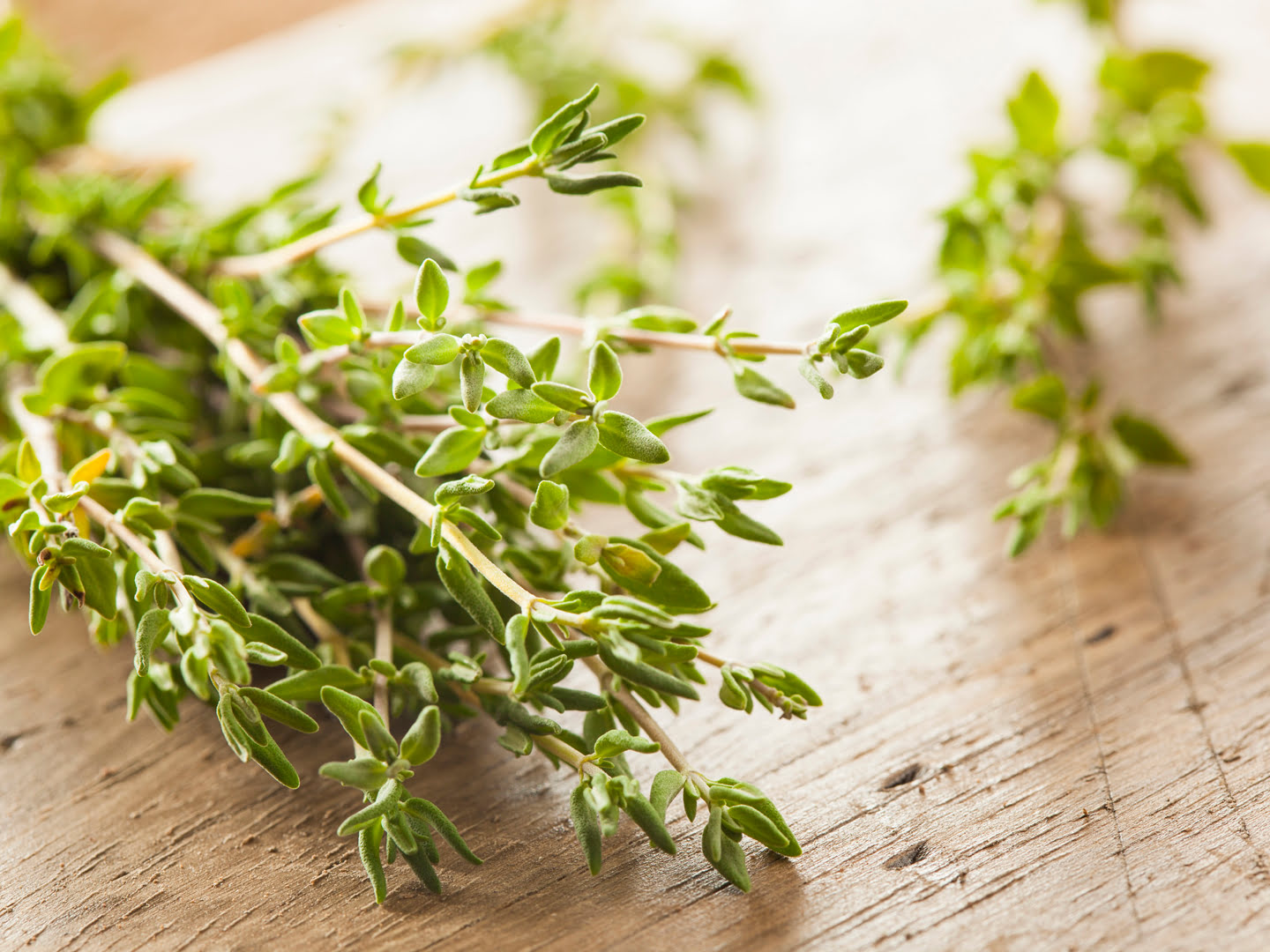
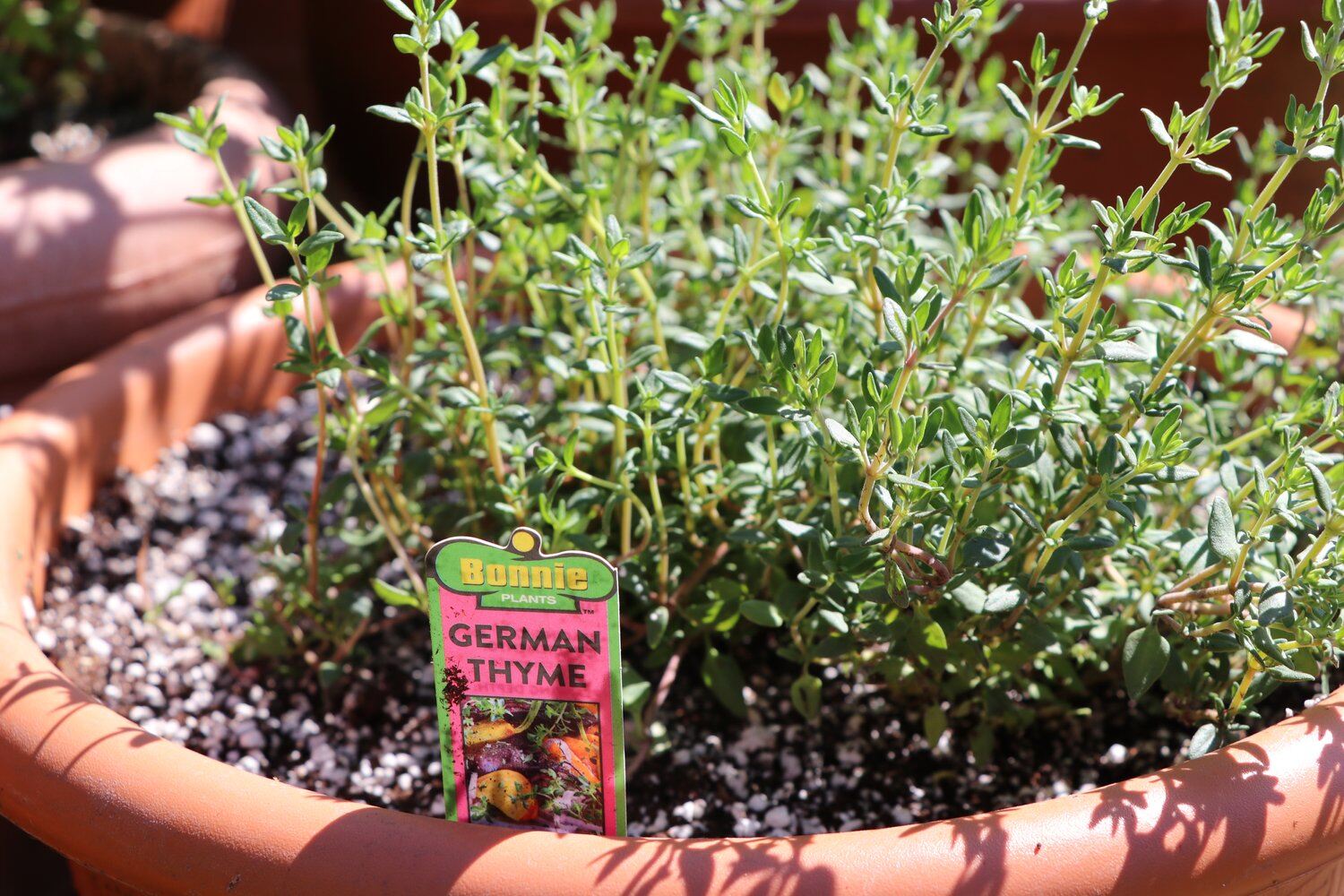
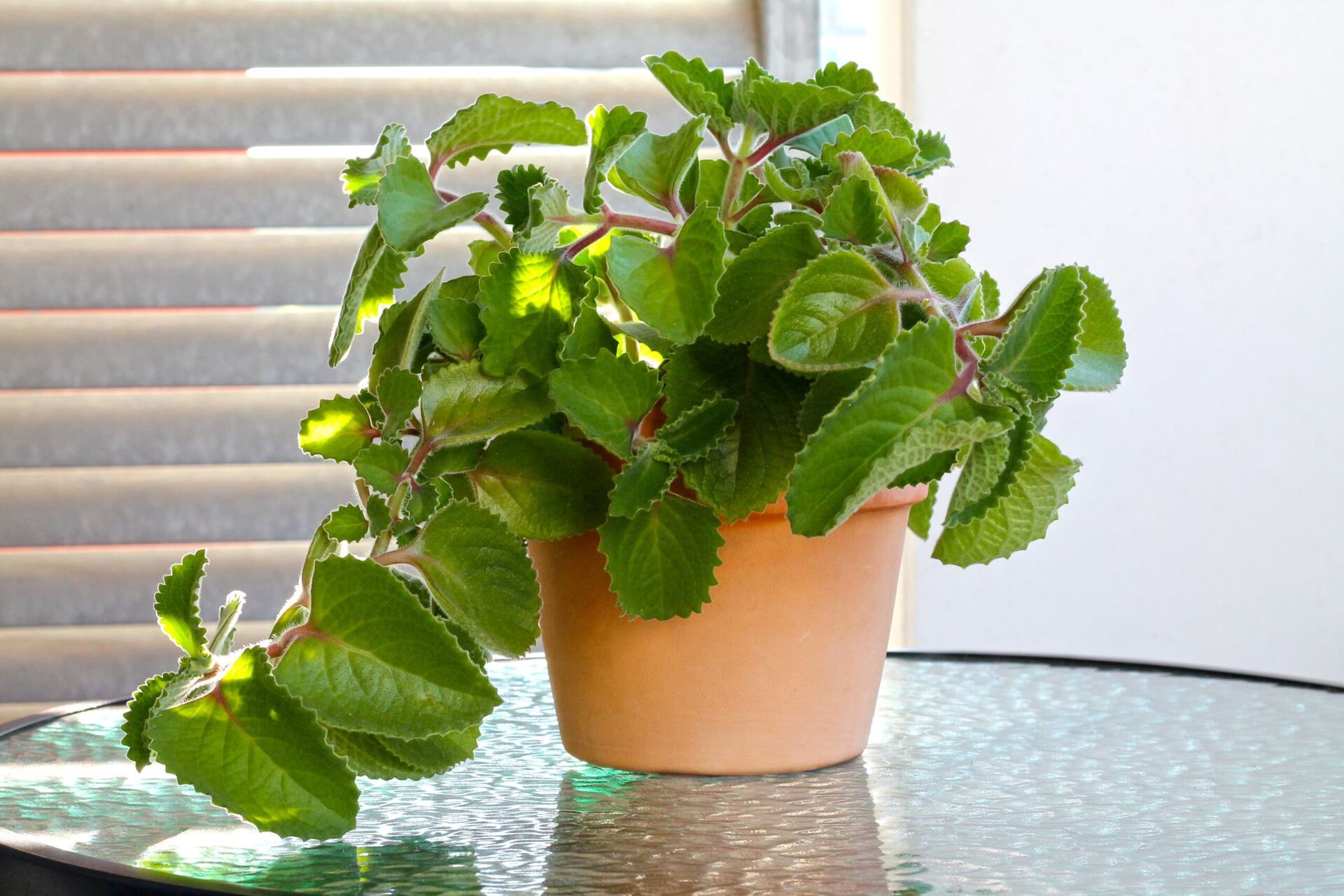
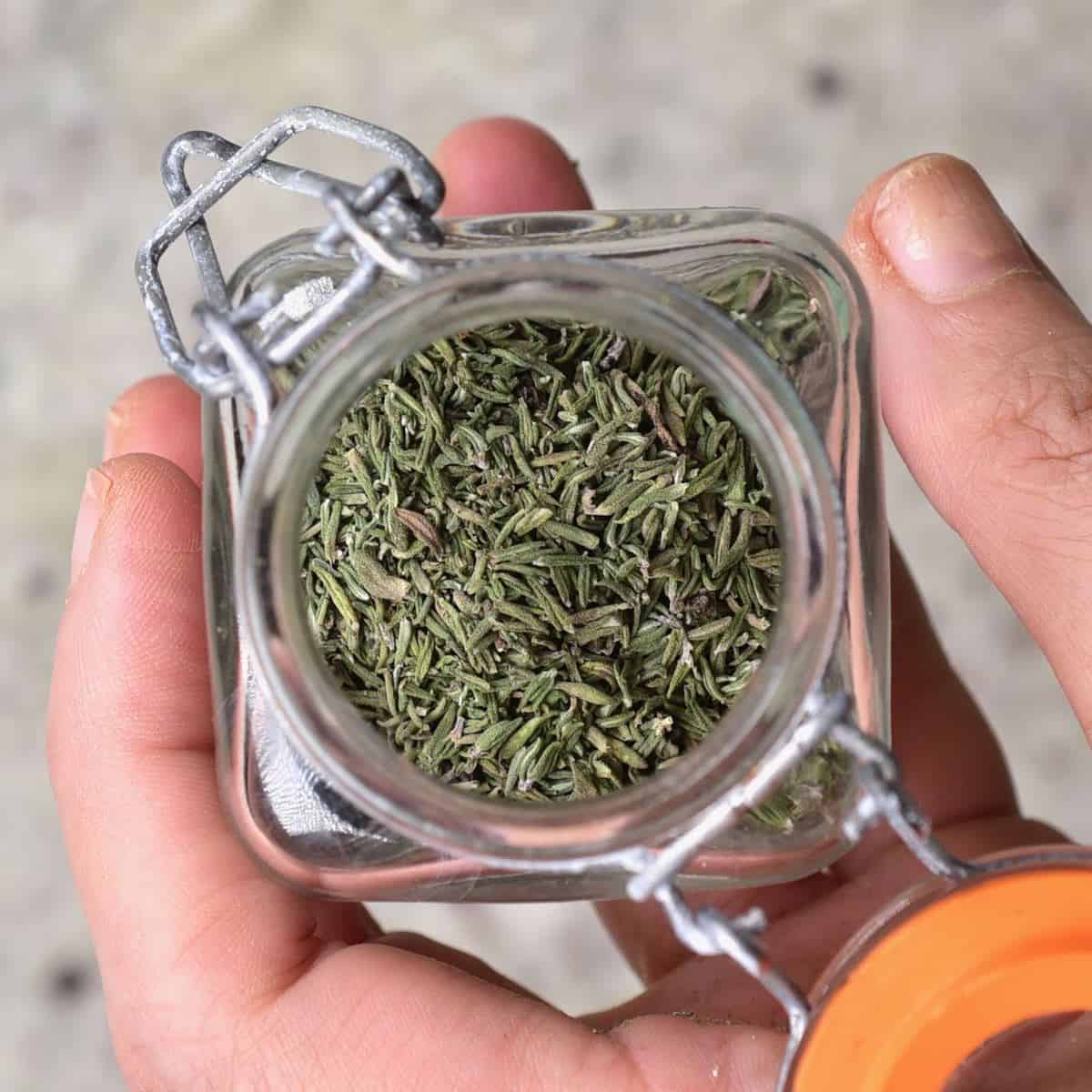

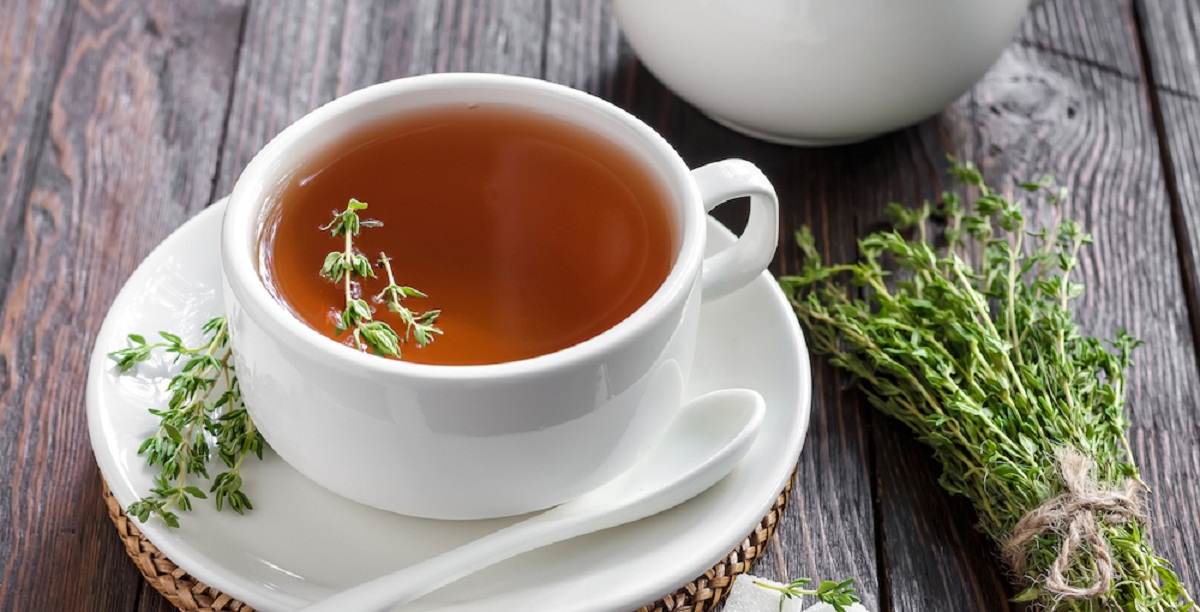
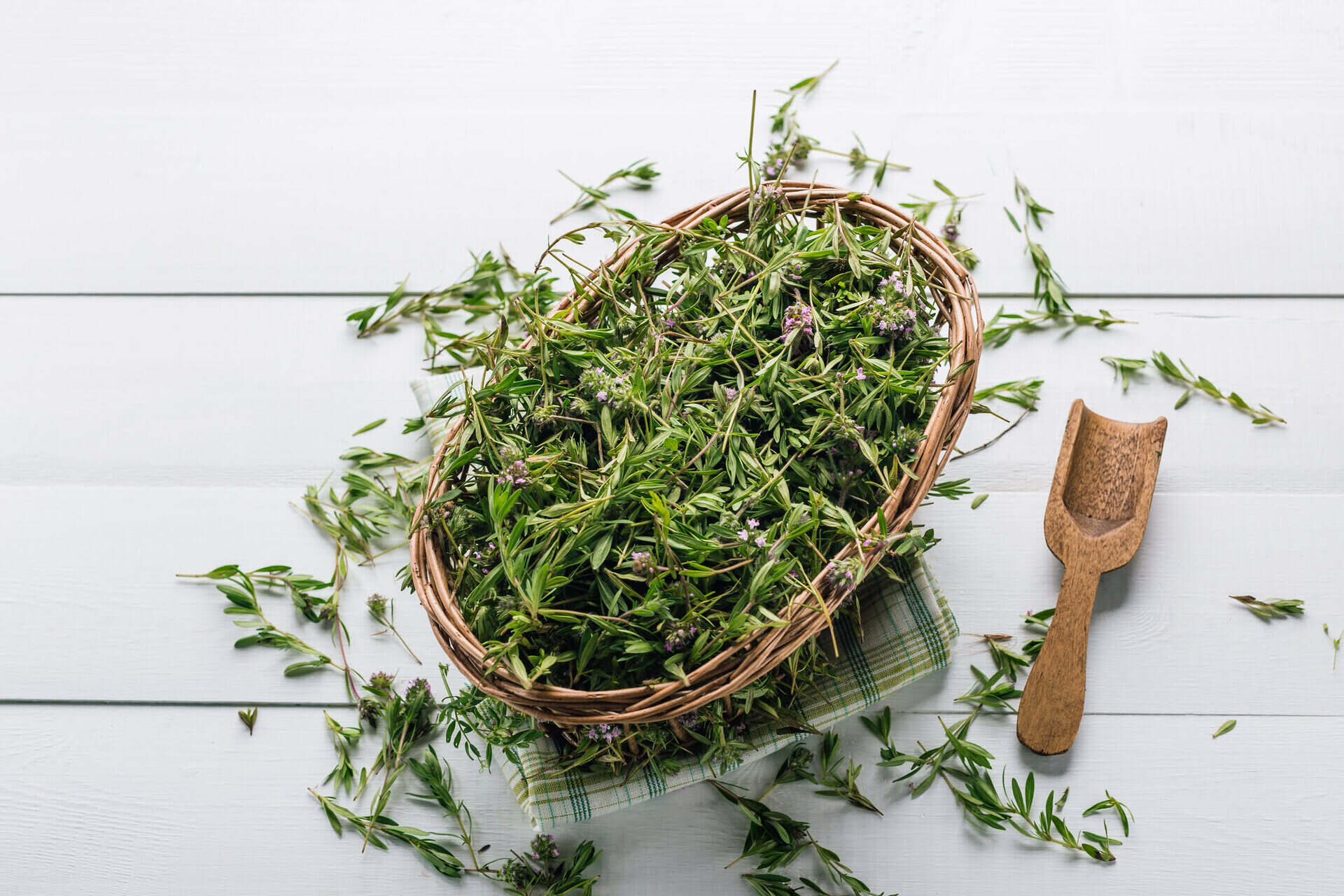
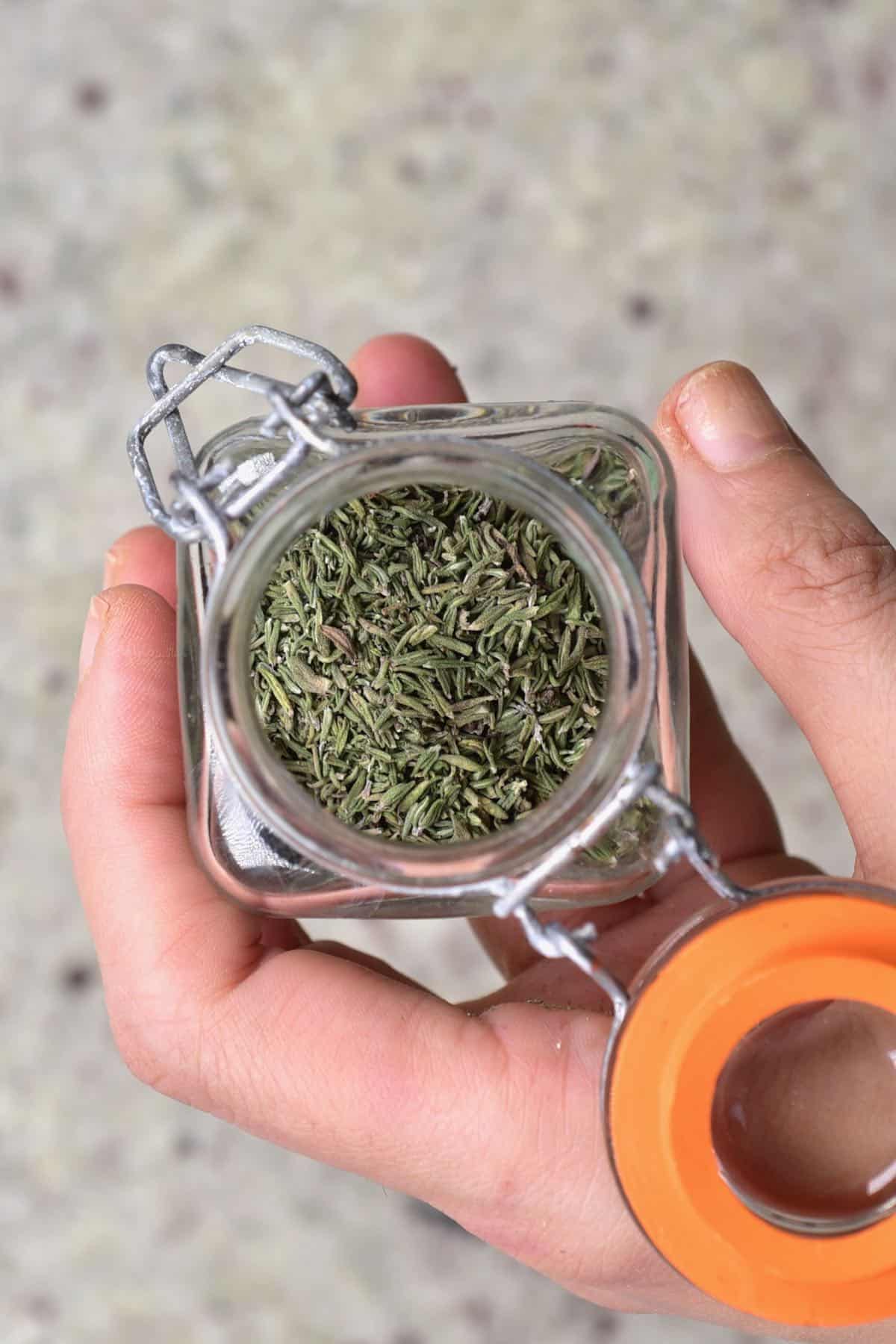
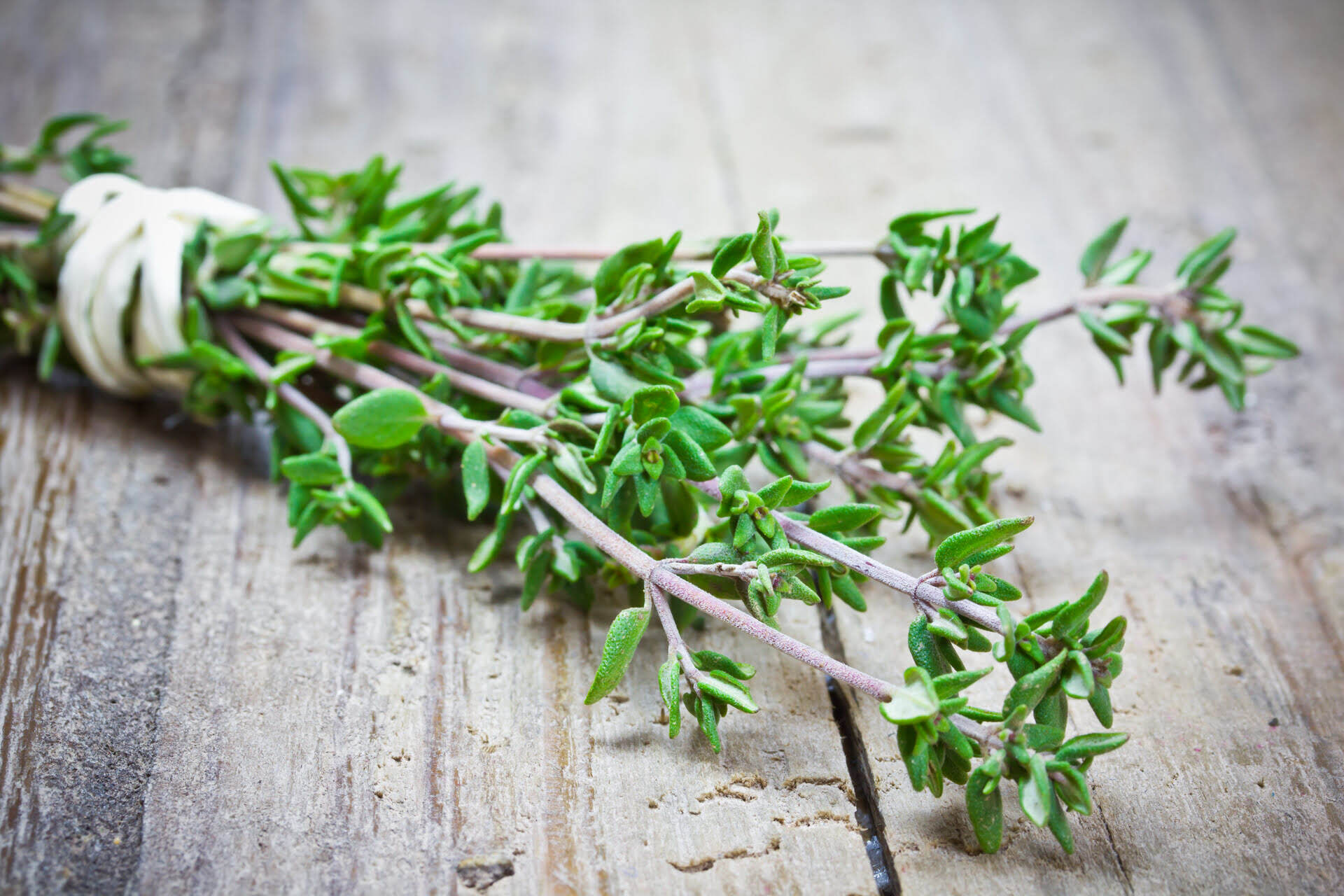
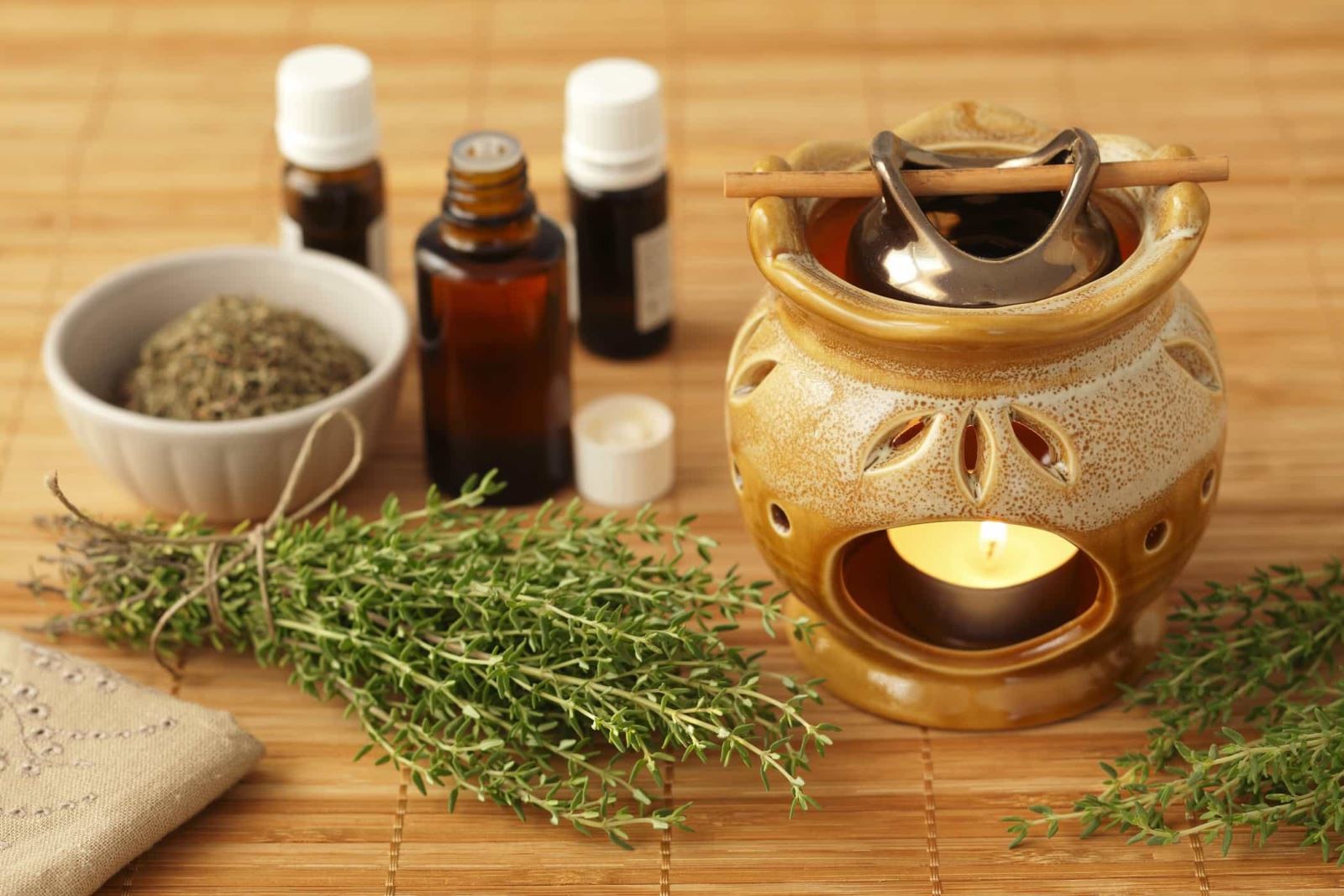

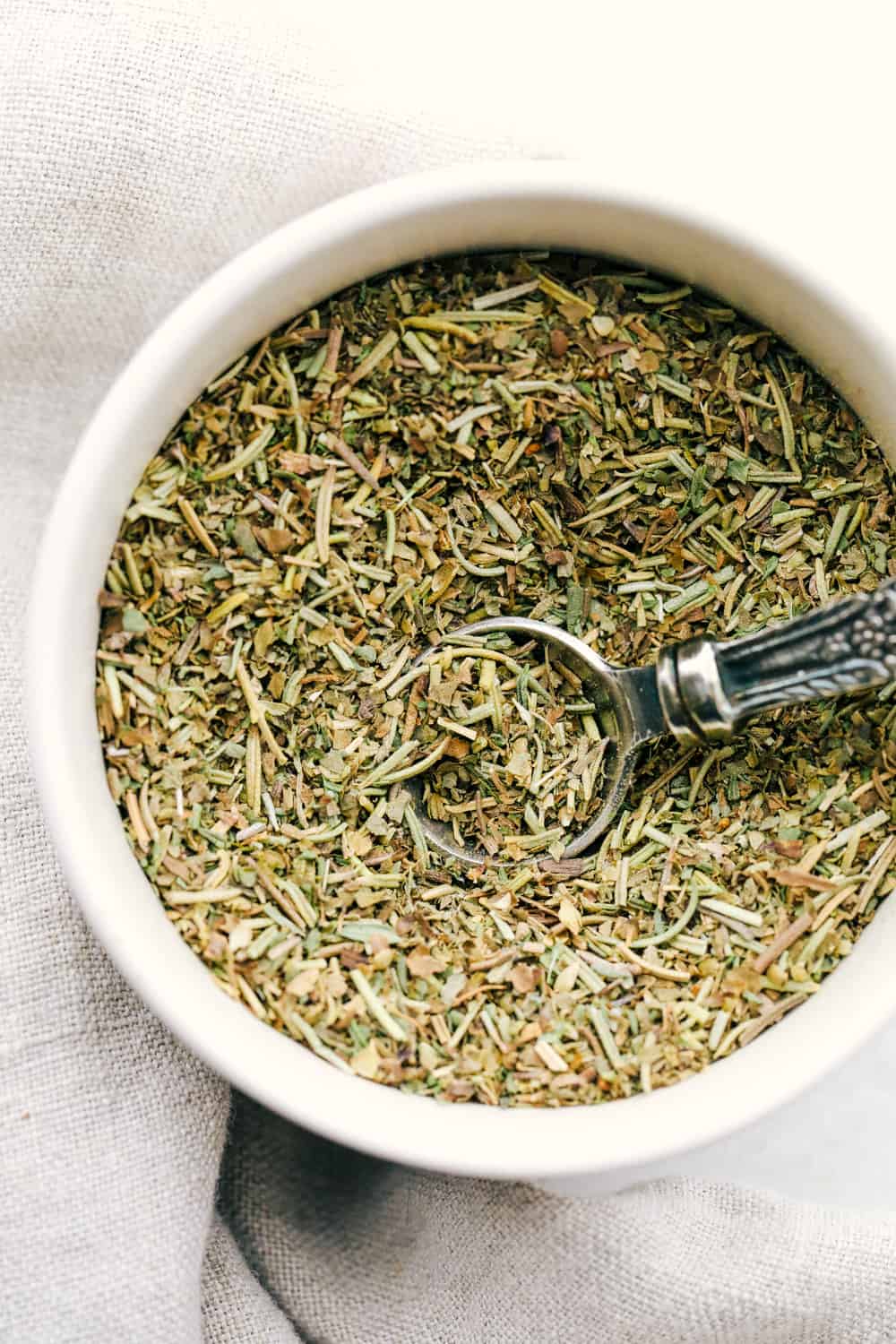
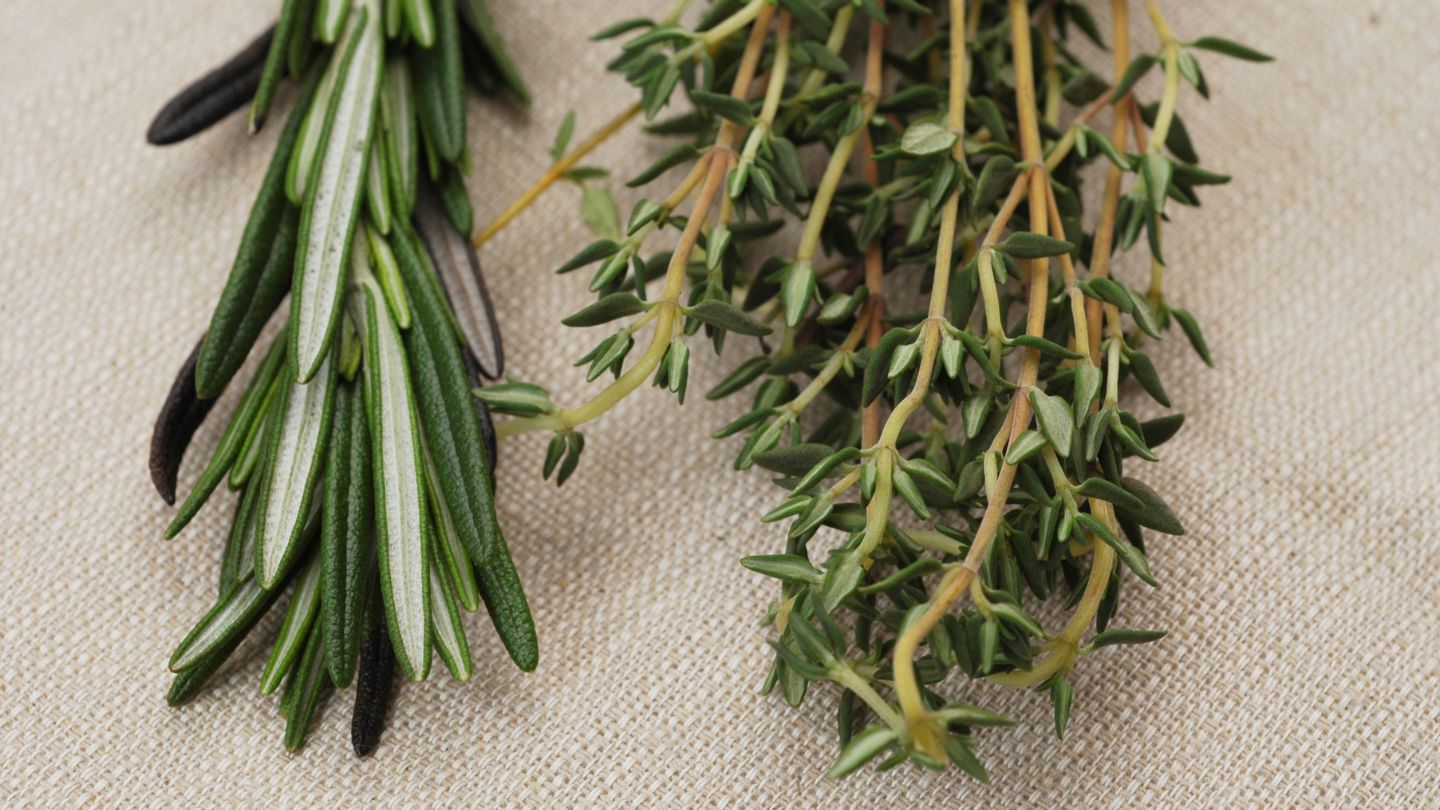
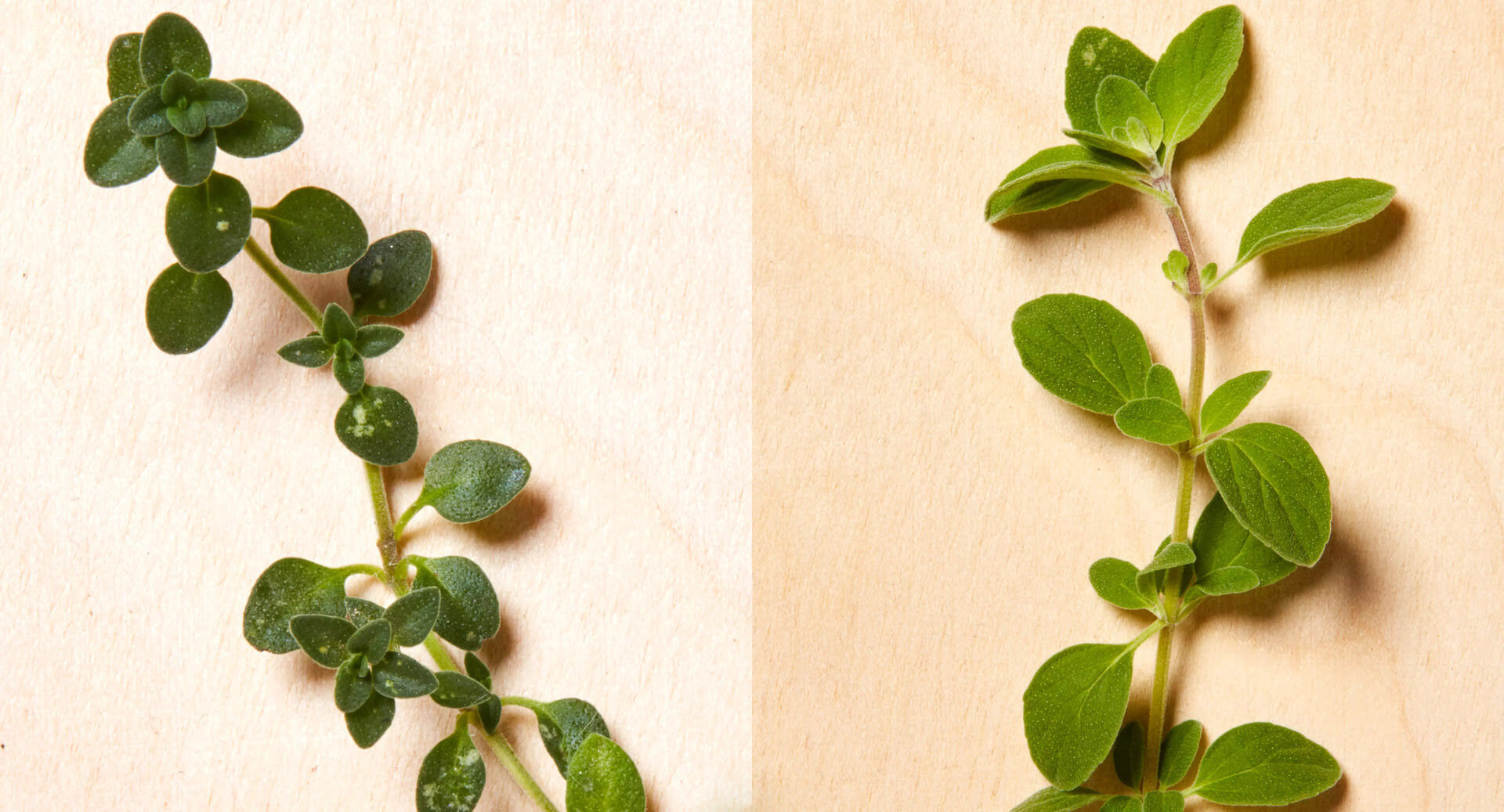

0 thoughts on “What Are Sprigs Of Thyme”